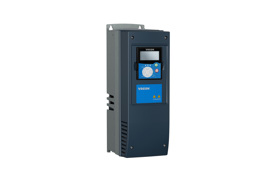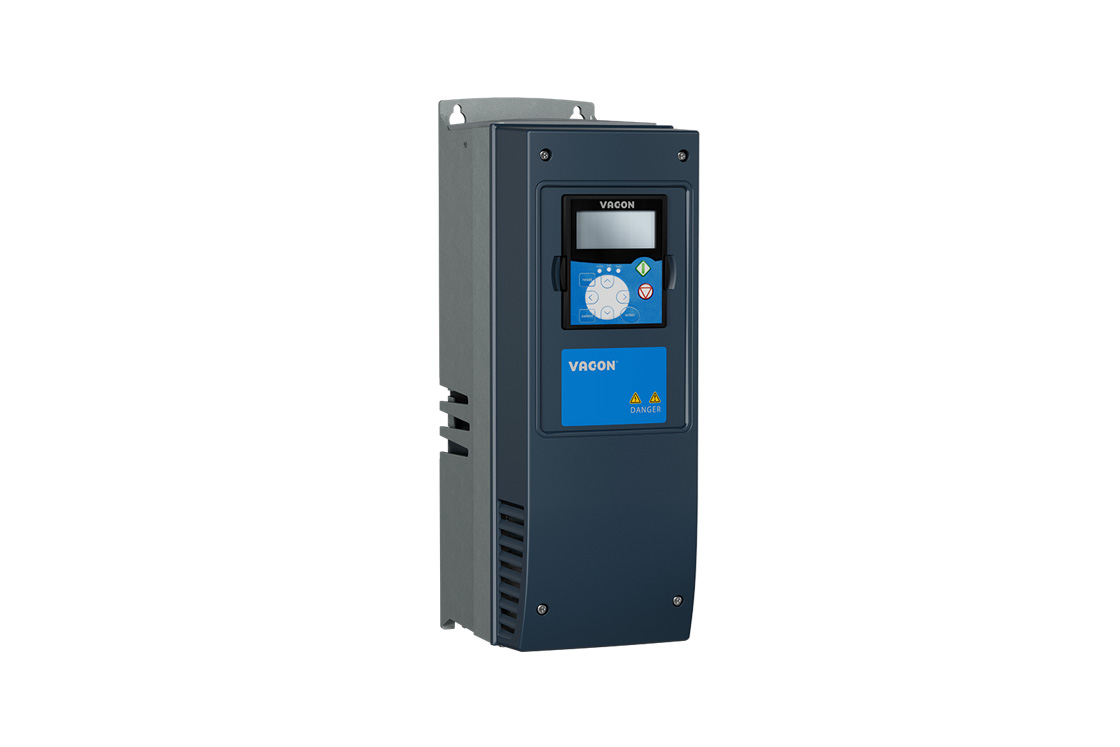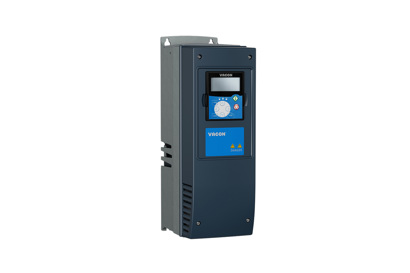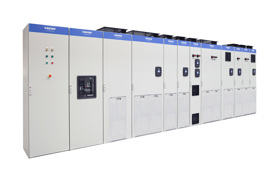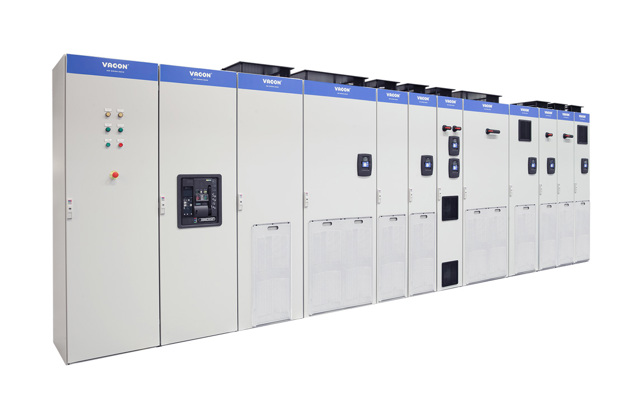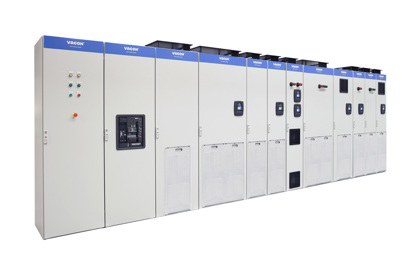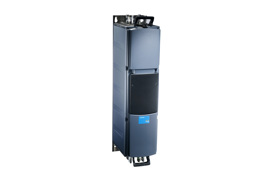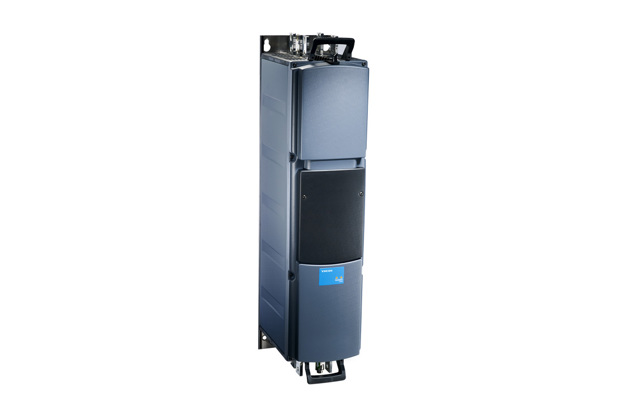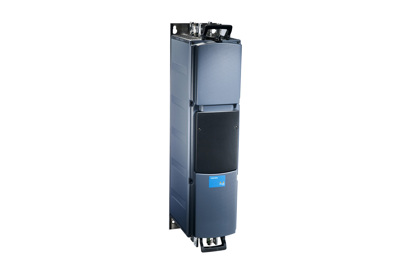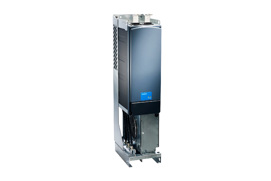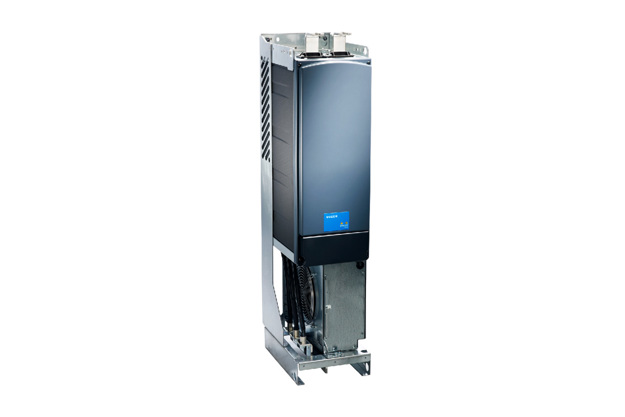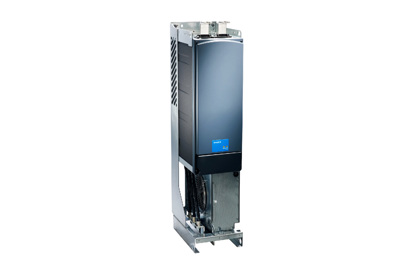Every day across the globe, cranes are used in various industries to aid a multitude of operations. More specifically, industrial cranes are employed in the transport industry for the loading and unloading of freight, in the construction industry for the moving of materials and in the manufacturing industry for the assembling of heavy equipment. Some of the most common industrial cranes are overhead travelling cranes and gantry cranes. These indoor cranes are implemented for moving bulky or heavy loads on the floor or through the aisles of warehouses to save time and avoid serious injuries. In fact, overhead cranes enable warehouse owners to easily lower, lift or move loads horizontally through the overhead space of their facility.
In these cranes, the load is suspended from a gripping device by cables and acts like a pendulum. Inevitably, when the handling equipment starts to move, the balance of the load shifts, and the swaying is thus generated poses control and positioning problems. Without corrective action, only friction will limit and eventually stop the swaying if the load is not kept steady from point A to point B. And just to be clear – you do not want to stand in the way of the load. These swaying loads are a safety hazard and place additional stress on the crane structure.
Swinging of the load during the crane’s movement will also affect its ability to operate efficiently. In fact, as cranes are typically used in manufacturing or maintenance processes where productivity and safety are considered the most important requirements, preventing the load from swinging has been a primary concern for Danfoss engineers for years! And now, our experts have engineered the solution: The future of cranes is steady, reliable and innovative.
Introducing the anti-sway functionality
In the vertical motion, the solution means meticulous movement control i.e. holding, stopping, and controlling the load (raised and lowered) and moving the load sideways in a perfectly safe mode at all times. This is possible with the new Danfoss anti-sway functionality which is built into crane application software for VACON® NXP products. Using the VACON® NXP drive for trolley and travel motion will eliminate sway to ensure the load remains stable irrespective of load type and hoist height. The anti-sway function improves safety, reduces cycle time to improve productivity and requires no special operator skills. In safety-critical situations, it also ensures rapid response of the mechanical brake.
The new anti-sway functionality controls the sway in cranes with the help of integrated sensor-less control, saving both valuable time and costs. In fact, customers using this functionality experience up to 15% improved productivity, primarily because you can reduce delays in production greatly if you’re able to prevent the load from swaying – a weighty argument for any logistics manager!
Let’s see how it works.
This new anti-sway functionality provides at least four major benefits:
- Better user experience
Simple commissioning without complex tuning during the commissioning of the crane. The anti-sway feature is easy to install with a license key and easy to configure and adapt to the crane type and movement. You only need to configure 2–3 additional parameters in the field. - Reduced structural stress
The anti-sway solution increases the lifetime of the crane and reduces the stress on mechanical structures, for example, trollies, hoists or gantries. - Increased productivity
Using the anti-sway functionality enables an improvement in productivity of 10–15 % and a high return on investment. - Improved system efficiency
Reduced stress on the complete crane system reduces costs throughout its lifetime and improves its operational efficiency.
Eliminate load sway
There are two different methods to eliminate load sway:
1. Maximum rope length
Enter the maximum rope length (in cm) in the drive parameter. From drum to hook touch down to the ground or just above.
2. Average swinging time
- Lower the hook/load to the lowest practical position.
- Run the crane with speed and give the stop command.
- Measure the time from 5–10 swings (back and forth) and calculate the swinging period.
- Enter the swinging period in the parameter.
Author: Maulesh Buch, Application Production Manager for Cranes
Related products
-
if (isSmallPicture) {


 VACON® NXP Air Cooled
VACON® NXP Air CooledDesigned for a broad range of demanding applications, focusing on higher power sizes and system drives.
-
if (isSmallPicture) {


 VACON® NXP System Drive
VACON® NXP System DriveConfigured and assembled to meet your needs whether you need to control one or several motors.
-
if (isSmallPicture) {


 VACON® NXP Liquid Cooled
VACON® NXP Liquid CooledWell-suited to applications where air quality is critical, space is limited and efficient heat transfer is required. Active Front-end (NXA), Non-regenerative Front-end (NXN), Brake Chopper (NXB) and Inverter (NXI) configurations are available.
-
if (isSmallPicture) {


 VACON® NXP Common DC Bus
VACON® NXP Common DC BusEnables system integrators, machine builders and OEMs to design and build efficient industrial drives systems. Active Front-end (NXA), Non-regenerative Front-end (NXN), Brake Chopper (NXB) and Inverter (NXI) configurations are available.

